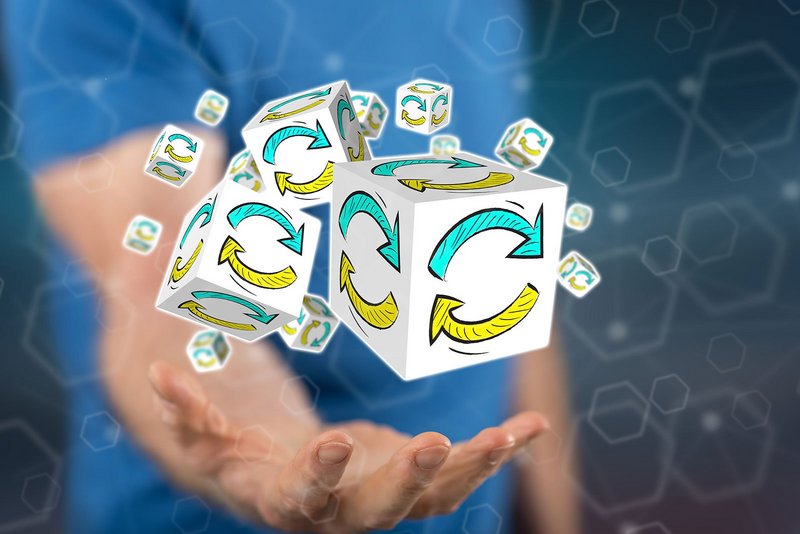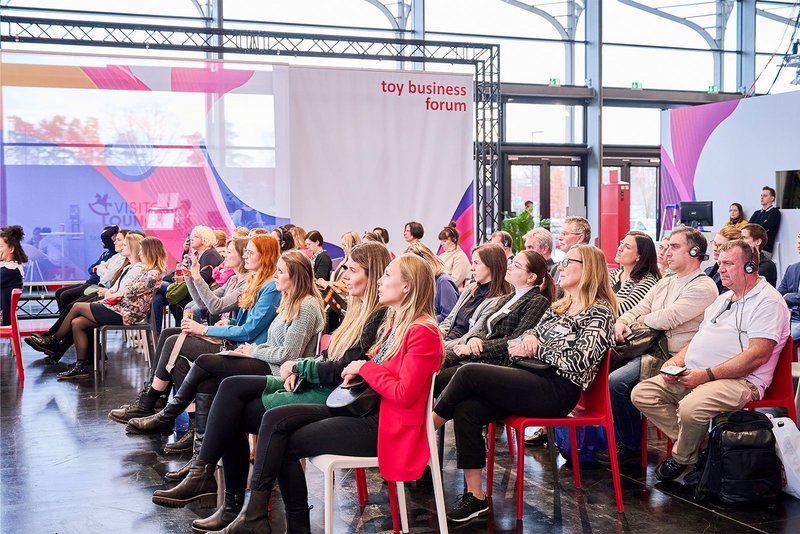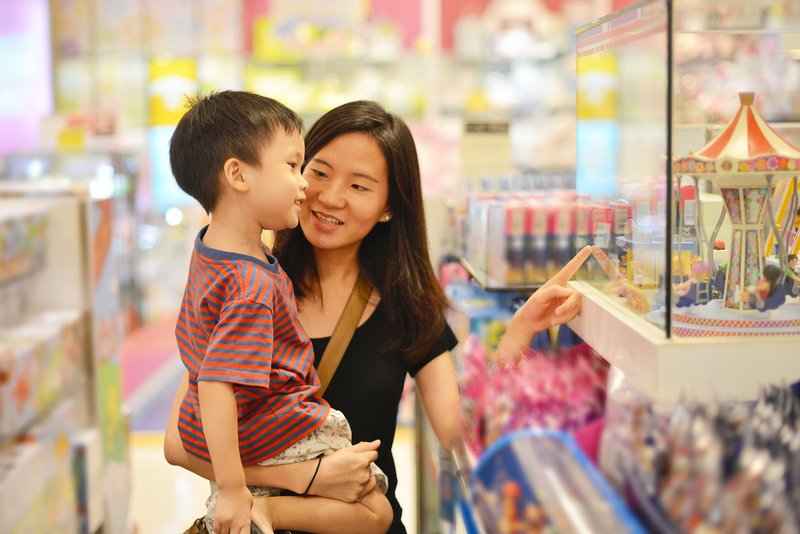
Increasing International Distribution
A comment by Steve Reece on commercial factors and considerations
Very few established and successful toy & game companies operate and sell their products in just their home market. The major opportunity today in an ever more connected world is to sell your products beyond your borders. For some product types, selling in multiple countries is essential to justify tooling and other development costs. If you have to spend $50,000 (USD) on tooling to launch a product, that is easier to justify if you add the volume potential of other countries to your financial calculations and justifications.
Export sales is not just about justifying tooling though, it’s about maximising your revenue potential. By far the biggest market in the world is the USA, it’s a gigantic market compared with any other country. And yet, even if you are a U.S. company, there is significantly more market opportunity outside your home country in terms of total toy and game sales. And if you are from a smaller market, you know for a fact that there is big opportunity outside your borders.
When it comes to increasing internation distribution, there are two key elements.
Export Ready Product

Most companies begin the export sales process with the sales element. However, this is not where the most successful companies normally begin. Before starting to sell, ideally before you even begin product development, export sales requirements should be inputted at the start of the process ideally. It’s not that you can’t sell products designed for your domestic market internationally, it’s more a case of maximisation. There are so many small simple factors you can consider if you incorporate international distribution as a key element of your product strategy. For example, language is not uniform. The more language your product has on the packaging the more local adaptation you will require and the less you can reduce inventory risk by selling the same product into multiple markets. Of course, some products are very text heavy – certain types of games for example require text on cards and other elements to work properly. But for products like science kits or arts & craft products, you might only need to add another language to a multi-lingual instruction book.
Another key point to consider here is that toy and game products are often cultural expressions and culture changes from country to country. It might be that the same exact product can work across multiple cultures, but sometimes that product works for different reasons in different markets, so the more you can increase the cultural awareness of your product development teams the more likely you will increase your international sales.
Distribution Models and Sales Effectiveness

The first consideration when looking at the Sales process for Export business is the business model. Some countries naturally lend themselves better to one distribution model over another. For example, the prevailing method of achieving distribution in the USA is via building a Sales rep network, this is partly because of the vast geographical scope of the U.S., but also because there are fewer distributors versus other markets. So many successful Toy franchises are driven by entertainment content, and much of the content originates in North America. As such, more Master Toy licensees have been in North America than elsewhere. So, whereas there is a need in other markets for local distributors for the Master Toy licensees’ products, the U.S. and Canada are already covered (being the home markets of the Master licensee). In some other countries, retail is so fragmented that it would be crazy not to use distributors and wholesalers to access the markets.
So, the first question to be resolved is which is the most appropriate route to market in each key market you are targeting.
Direct to Consumer opportunities
Next to consider are the Direct To Consumer (D2C) opportunities. Many companies manage to establish international business today primarily via e-commerce platforms such as Amazon, Walmart.com and others in each country. These tech driven platforms need a totally different approach, mindset and skill set. To succeed normally takes specialist, experienced, dedicated resources and a flexibility of approach to margin models.
Selling direct to retail across the world

Last but not least, you can of course sell direct to retail overseas. This though is not easy. Even when you are established in your domestic market, Buyers move around, trading strategies can change, and you can find your company frozen out to the benefit of your competitors. Imagine trying to maintain those retail relationships from afar without the level of focus you give to your domestic retail partners. It’s definitely possible, and some companies sell direct to retail across the world well. However, it’s quite hard to do this without dedicated Sales resources and some degree of local infrastructure, which can become prohibitive for some companies.
The intricacies of pricing

Pricing is a key consideration for Export Sales. This can become a very challenging topic, due to fluctuating currency values. Aside from the fluctuations between your domestic currency and the currency you are buying from your factories in, you also have to account for fluctuations and quirks in pricing between different currencies. If you have product that can ship easily across borders i.e. is more international and less language specific, pricing disparities can lead to trans-shipping. As far as local legal frameworks allow, you might want to avoid having your products available significantly cheaper in one market over others, otherwise you may find wholesalers and traders trying to undercut your customers – this circumstance will not win you any friends!
Trade shows are critical for delivering international sales success

There is one other consideration with regards to Export Sales. You simply can’t beat face to face meetings. As we found out during the pandemic, we can still just about operate without physical contact with our partners and customers, but it is much harder in many ways.
The number one mechanism for meeting many actual and potential customers is to attend trade shows. And of course, the biggest and most effective trade show in the Toy and Game industry is Spielwarenmesse. With literally thousands of exhibitors and tens of thousands of attendees, you will never come close to maximising all the potential opportunities offered by this show.
It's not just about making immediate Sales though. Outside of the D2C platforms whereby one algorithm competes with another for consumer attention, the traditional Retail business still relies on relationships and re-enforcing trust and reliability. And for that, trade shows like Spielwarenmesse are critical.
Conclusion
Finally, prepare to build your International Sales over an extended period of time. There are only a few quick wins worth chasing, success normally comes from building a portfolio of products and distributors around the world over time and then feeding that network with the latest round of product development output.
Take the opportunity to expand your business on a global scale and grow your network within the international Toys & Games community! The Spielwarenmesse in Nuremberg is the leading trade fair in the industry and an unmissable event for anyone involved in the toy business. Meet top manufacturers, retailers, and experts, discover the latest trends and innovations, and forge valuable connections that can propel your business to new heights.
Secure your spot at the Spielwarenmesse 2025 from January 28 to February 1 and take the next step toward global success.
About the author:
Steve Reece has worked in the Toy business for 25 years. Having previously worked for Hasbro managing iconic brands such as Monopoly, Play-Doh and Trivial Pursuit, Steve now runs a Consultancy company – Kids Brand Insight – helping Toy companies grow export sales, build robust diversified supply chain and recruit the right people.




